Pine "Vatereri": description, planting, care and use in landscape design

Pine "Vatereri" is a compact tree with a lush spherical crown and spreading branches. Its use in landscape design is not limited to specimen plantings - as part of groups, this coniferous plant looks no less impressive. The description of the Scots pine variety allows you to find out what its height and other dimensions will be. Simple maintenance makes it possible even for inexperienced gardeners to decorate their site with such a spectacular addition.
An evergreen pine tree with a lush crown is a good choice for planting if you do not want to block the view from the windows of a country house, but there is a desire to ennoble the landscape around. Slowly growing Pinus Sylvestris Watereri not only looks great, but also gives the necessary shading, hides the area from prying eyes. In addition, thanks to the natural substances contained in the needles, it has the ability to purify the air, forms a unique microclimate in the place of its growth.
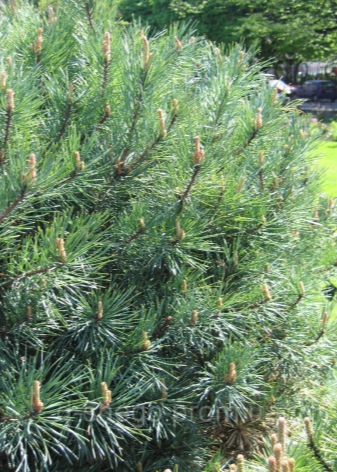
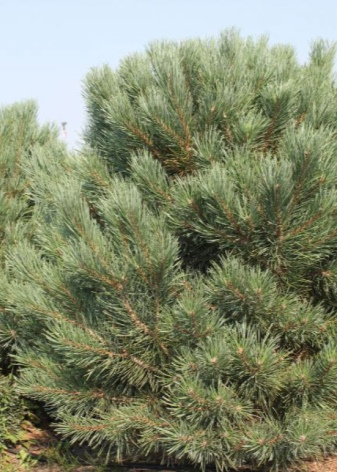
Description of the variety
Scotch pine "Vatereri", although it belongs to the dwarf species of this plant, still reaches a maximum height of 4-15 m, depending on the growing conditions. On average, a tree grows no more than 7.5 m. The size of the trunk girth changes by an average of 11 cm per year. The duration of the period of active growth is 30 years. The type of crown that this coniferous tree possesses also attracts attention - it is similar in shape to an umbrella, very lush, more like a shrub.
The needles of the Vatereri pine have a pairwise arrangement, which ensures the maximum density of branches. Throughout the year, the tree retains the green-blue shade of the needles, which looks very impressive and elegant.
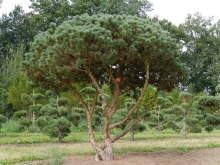
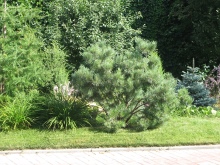

Cone-shaped fruits - cones, have a pronounced division into male, growing singly, short, no more than 1.2 cm, and female, elongated, up to 7 cm.
As they mature, their light matte shade changes to beige-brown and green. The fruits are formed by the beginning of winter, and by the spring they are fully opened.
Mountain pine "Vatereri" was obtained in the 19th century by the efforts of the British botanist Anthony Vaterer, who planted it on the seedling Pinus Sylvestris. This species has become widespread due to its cold resistance, unpretentiousness in choosing places for planting, and the presence of immunity against many common plant diseases. The best conditions for growing pine are provided by the climate of Eurasia, mainly in the northern regions. The Vatereri variety is found everywhere, from Spain to Lapland, in Russia it takes root well and does not require specific care.
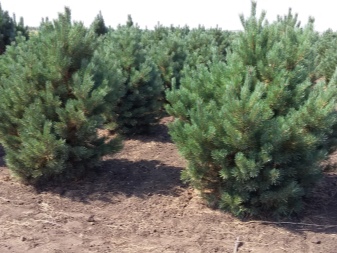
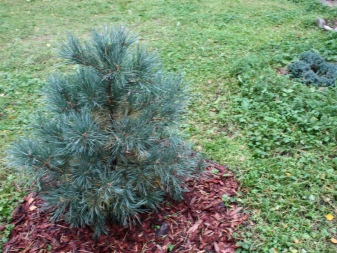
Landing features
The correct planting of the Vatereri pine tree does not require significant efforts. This coniferous tree can be planted in soil with high humidity, loose sandy or acidified soil.
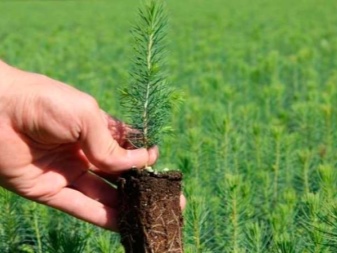

In the presence of loam, chernozem, preliminary cultivation is recommended.
To increase air permeability, improve moisture penetration to the roots, drainage is used based on:
- chopped bark of trees;
- coniferous shavings;
- peat;
- sand.
In the absence of a slope on the site, before planting the pine, a drainage system is preliminarily arranged using a gravel-sand cushion 20 cm thick.If the soil is heavy, you can do without this measure.
In this case, they also do not make a large hole, since the plant already demonstrates good rooting.
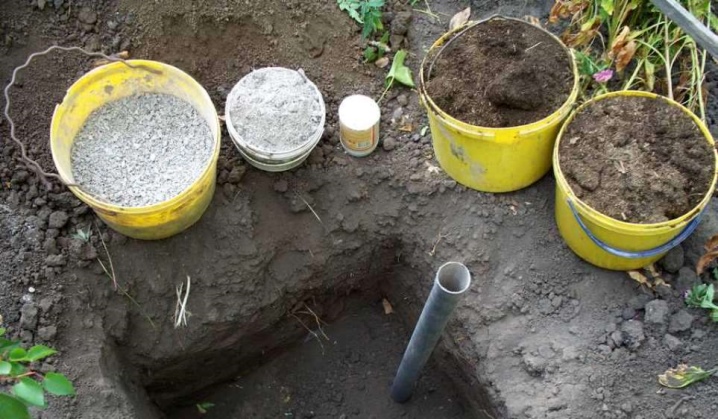
The timing of planting does not really matter - it is carried out throughout the warm season, but it is believed that it is better to do this in the spring.
The process of planting a Vatereri pine in a pot takes place in the following order.
- The seedling is removed from the container in which it is located.
- A hole is dug, the diameter of which is 1.5 times the size of the earth clod. The resulting depression is subjected to abundant watering.
- Having previously straightened the roots, the seedling is placed inside the fossa. After immersion, its root collar (the junction with the trunk) should be flush with the ground surface. If the plant is deepened too deep, it will not receive enough oxygen.
- The pit is covered with soil, the seedling is watered for more favorable rooting.
- The soil around the trunk is mulched with pine chips or peat.
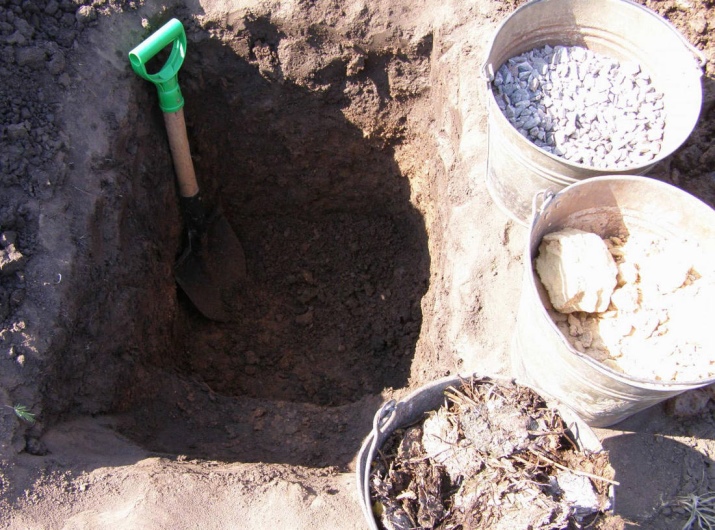
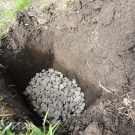
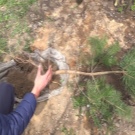
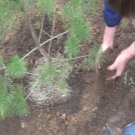


When planting several plants, you must immediately observe the interval between young pines - from 2-2.5 m, so that they do not interfere with each other as they grow.
The selection of a seedling must also be carried out individually. It is recommended to give preference to plants with a height of 50-100 cm, at the age of 2-3 years, with a formed lump of earth or in a container. They are easier to transport, take root better. You should not buy a seedling, the root of which is covered with traces of oxidation or mold, is reddened or has black, yellow spots.
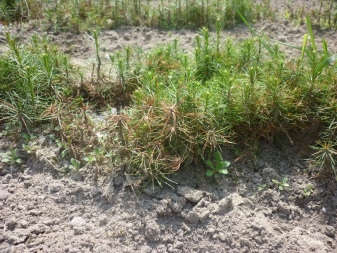
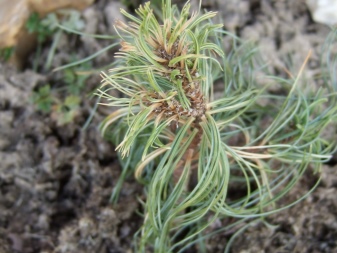
Care rules
Pine "Vatereri" - a plant that requires the creation of certain conditions in the first years after planting. For 3 years, it is advisable to protect the tree from contact with direct rays of the sun. At the same time, adult pines are considered light-loving plants and need an abundance of ultraviolet radiation. In order to prevent burns of young needles, it is recommended to definitely protect it in spring with burlap.
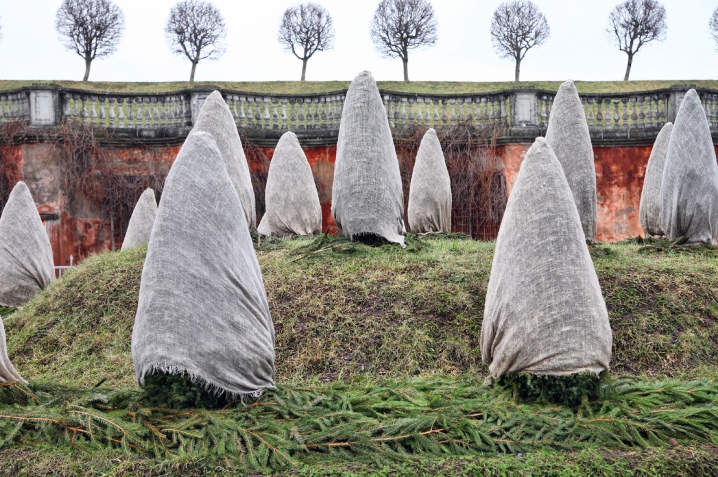
How and what to feed?
Upon completion of the stage of placing the seedling in the ground, it is necessary to provide the pine with the necessary nutrient medium. For every 1 m2 of soil around, 40 g of top dressing for conifers is applied.
In the future, as it grows, this measure will be unnecessary - when the needles change, the falling organic matter will provide a sufficient amount of nutrients.
Besides, 1 year after planting, nitroammophoska is added in a volume of 30 g per bucket of water... In the fall, a mixture of potassium sulfate and superphosphate is introduced, 15 g of each substance is dissolved in 10 liters of liquid.
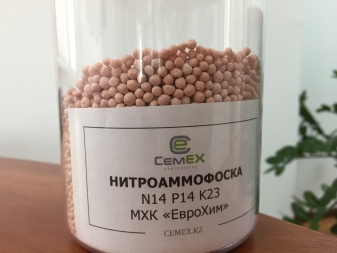
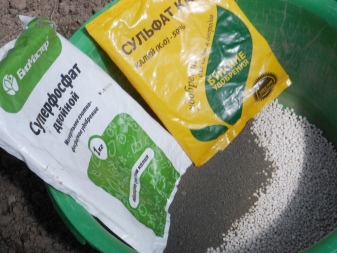
How to water?
Frequent and abundant watering is also not needed, since the soil at the base of the trunk will be reliably protected from drying out. It is enough not to remove the fallen needles, but to leave them in the root zone. Young plants need watering once a week if the summer is dry and hot.
At a time, up to 15 liters of water are added under the root. Adult pines need watering no more than 4 times during the season, with the introduction of up to 50 liters at a time.
During the period of active growth, young trees need sprinkling of the crown, it has a beneficial effect on the processes of growth and development. In addition, sprinkling helps to protect the needles from being damaged by pests. The procedure is carried out 2 times a week, in the evening, throughout the warm season.
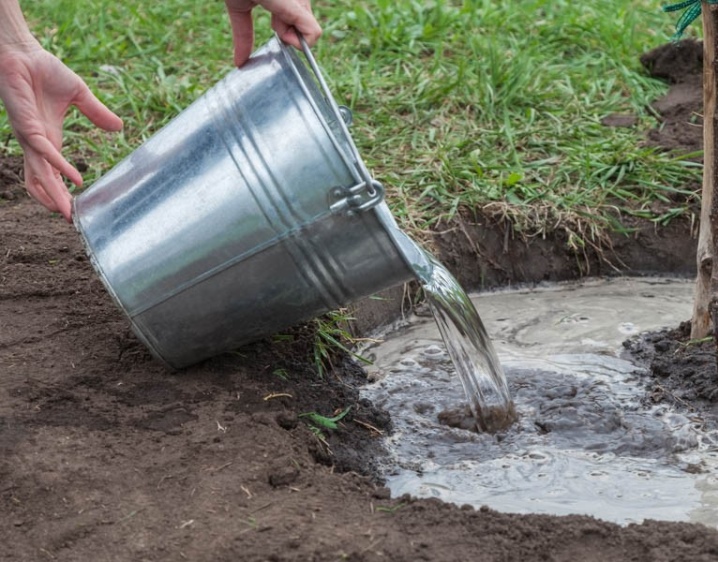
Crown care and root nutrition
Like many other conifers, the Vatereri pine needs to be pinched or pruned. The procedure is carried out in the spring, during the period of rapid growth of the kidneys. Formed "candles" are removed, you can additionally shape the crown - among the popular options are bonsai, spherical and cubic.
Also, the Vatereri pine needs periodic mulching and loosening.
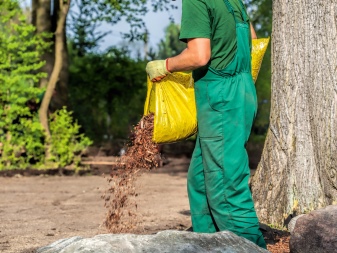
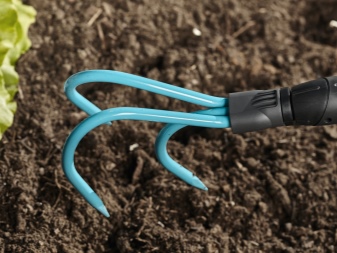
For young plants, this measure is necessary - it provides improved oxygen access to the roots.
Loosening is done at the same time as weeding, the day after watering. To improve the quality of the soil, mulching is used - it is performed by introducing crushed tree bark, peat or sawdust under the root.
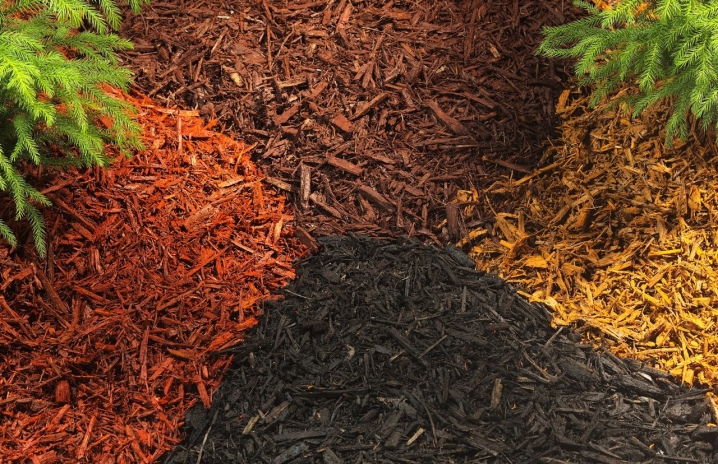
Preparation for wintering
Pine "Vatereri" under the age of 3-4 years needs special preparation for wintering, since the plants are not yet ready to withstand severe cold, sudden changes in temperature. It is recommended to take the following measures:
- insulate the root part with a thick layer of peat or sawdust;
- tie the branches to the trunk with twine;
- cover the tied crown with burlap or spruce paws.
Warming is maintained until the onset of stable warm days.
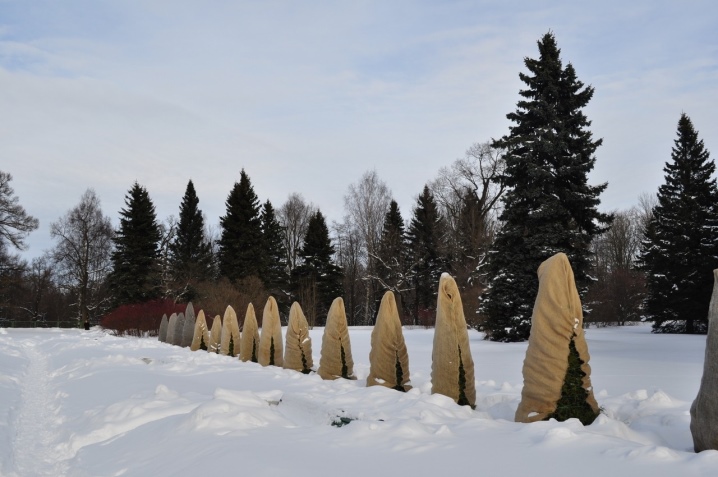
Early removal of the covering material can lead to freezing of the shoots of an evergreen tree.
From 3-4 years old, pine can do without insulation, it is enough, when preparing for winter, to huddle with earth and add mulch.
Reproduction
Like many other conifers, the Vatereri pine propagates with the help of seeds - in nature this method is quite justified. But under conditions of selective breeding, it is too long and complicated. Reproduction by cuttings looks like a simpler option - for this you can use plants that have reached the age of 4-5 years. You need to cut the branch so that a piece of the bark of the mother shoot adjoins it.
The stalk is cleaned from the needles in the lower part, the growths on the surface are removed, then treated with special substances that stimulate the growth and development of roots. These include drugs such as Kornevin and Epin.
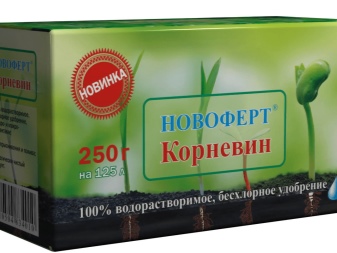
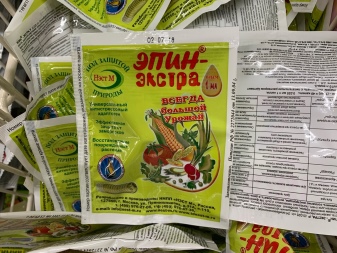
The material prepared in this way is placed in a specially prepared and well-moistened peat-sand mixture. Planting depth 3-4 cm, placement angle - 45 degrees.
To speed up rooting, cuttings are covered with cut tops of plastic bottles. Future pines are shown watering with water at room temperature, diffused lighting in the daytime. A sign of rooting is the appearance of new buds on the plants after 2-3 months. After that, the temperature is lowered to room temperature, and the trees grow in containers for up to 1.5 years.
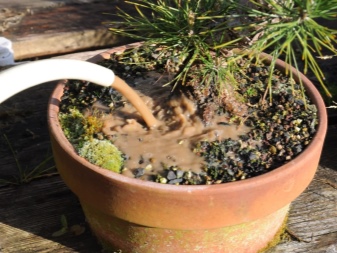
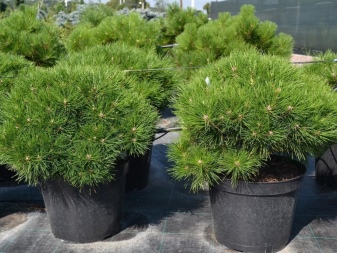
Possible diseases and pests
Pine "Vatereri" is not too susceptible to disease or pests. The following possible signs of problems should be monitored.
- The appearance of red plaques on the surface of the cortex. This is a sign of the appearance of the scale insect, a dangerous parasite that removes juices from the shoots. Spraying with special means, one of the most famous - "Decis", will help to cope with the problem.
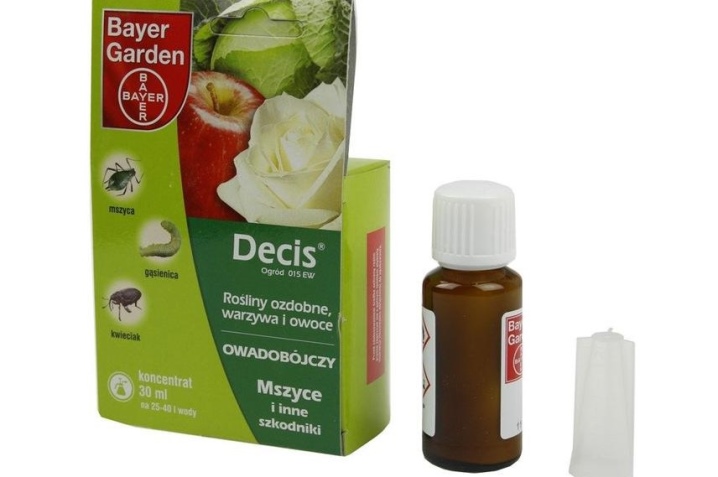
- Yellowing, drying out of needles, brown growths on the surface may indicate the appearance of aphids. For the prevention and elimination of the parasite, spraying with a solution of ash and laundry soap is carried out. You can take the finished product.

- The appearance of traces of cobwebs on needles and shoots, buds. The defeat of a tree by a spider mite requires treatment with acaricidal preparations.

- Yellowing of the needles, the appearance of black dots - this may be a brown shute. The fungus is treated with Bordeaux liquid or a solution of copper sulfate.
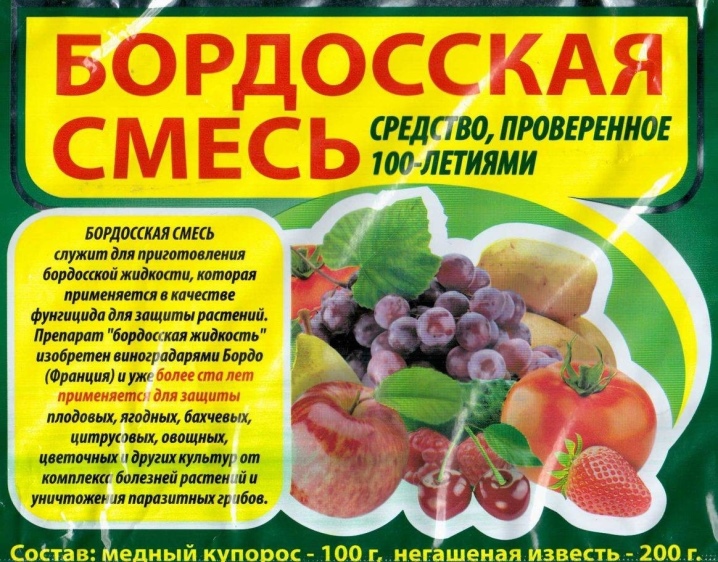
Application in landscape design
The use of Vatereri pine in landscape design can have both aesthetic and practical significance. When landing on the edge of the site, it provides full-scale protection from strong gusts of wind, dust, and street noise. The lush crown has good sound absorption capabilities, and the essential oils in the resin help ward off some pests.



In urban conditions, a pine of this species looks interesting in park and alley plantings. It can be combined with columnar thuja and junipers.
In recreation areas, solitary planting and bonsai-style crown formation are recommended.
Planting this coniferous tree on the site is possible in the vicinity of other plants. From wild plants, it gets along well with birches, aspens, oaks. It is not recommended to plant spruce, fir, larch nearby, the proximity of bird cherry is poorly tolerated by the pine tree.
For the Vatereri pine, see below.



































































The comment was sent successfully.